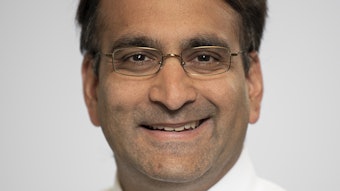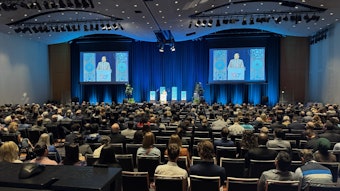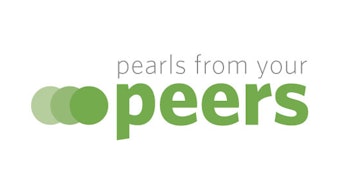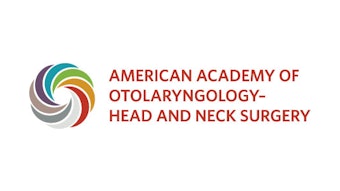Where History Meets Innovation: The Chevalier Jackson Experience
Exploring the past and inspiring future clinicians with the Traveling Museum at the AAO-HNSF 2025 Annual Meeting & OTO EXPO
Alexander Chern, MD, on behalf of the History and Archives Committee
 The Chevalier Jackson Traveling Exhibit on display at the AAO-HNSF 2025 Annual Meeting & OTO EXPO in Indianapolis, Indiana.
The Chevalier Jackson Traveling Exhibit on display at the AAO-HNSF 2025 Annual Meeting & OTO EXPO in Indianapolis, Indiana.
Dr. Jackson was more than a pioneering surgeon—he was a physician, artist, educator, inventor, and advocate whose work transformed the safety of medical care and touched countless lives. He combined ingenuity and skill with compassion, creating tools and techniques that made it possible to save patients from life-threatening airway obstructions and diseases. His influence extended well beyond the operating room, leaving a legacy that continues to shape our field of otolaryngology-head and neck surgery today.
“The history of otolaryngology has always been a passion of mine so I was thrilled to help bring the Chevalier Jackson exhibit to the Annual Meeting,” said Alexander Chern, MD. “Working with James J. Kearney, MD, and the History and Archives Committee was inspiring, and I believe it’s important to encourage trainees to explore our specialty’s history through scholarly and clinically relevant research. Understanding where we’ve come from strengthens our sense of purpose and inspires future innovation in patient care.”
 Attendees could view up close Dr. Jackson’s original bronchoscopes and laryngoscopes, medical paintings, textbooks, photographs, and personal memorabilia.
Attendees could view up close Dr. Jackson’s original bronchoscopes and laryngoscopes, medical paintings, textbooks, photographs, and personal memorabilia.
 This bust of Dr. Jackson invites viewers to see him not only as an innovator but as a teacher and humanitarian whose work continues to resonate.
This bust of Dr. Jackson invites viewers to see him not only as an innovator but as a teacher and humanitarian whose work continues to resonate.
Visitors to the Traveling Museum encountered artifacts that illuminate the many facets of Dr. Jackson’s career and character. His personal bronchoscope and laryngoscope sets reveal the craftsmanship and technical innovation behind his lifesaving procedures. His oil paintings of airway diseases highlight his artistic eye and the way he used art as a scientific tool. Photographs and portraits show the man as both clinician and teacher, while his nameplate and books connect us to his professional identity and intellectual contributions.
These diverse objects, some intimate and others institutional, remind us that medical history is not only about instruments and discoveries but about the people who used them in the service of humanity. Dr. Jackson’s career was a testament to persistence, creativity, empathy, and advocacy—values that remain vital in medicine today.
The items in the exhibit are not simply relics of the past but living reminders of how one individual’s vision and dedication can reshape the future of patient care. If you missed the Traveling Museum in Indianapolis, you can view artifacts at the AAO-HNSF headquarters in Alexandria, Virginia, and at the AAO-HNSF 2026 Annual Meeting & OTO EXPO in Los Angeles October 17–20, 2026.













